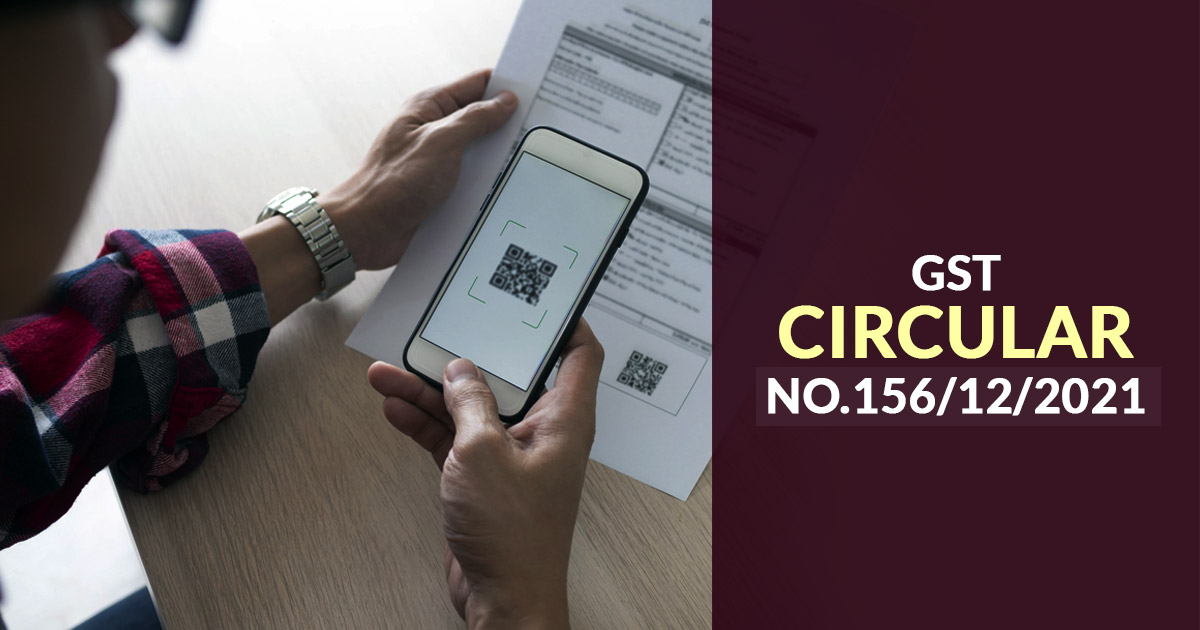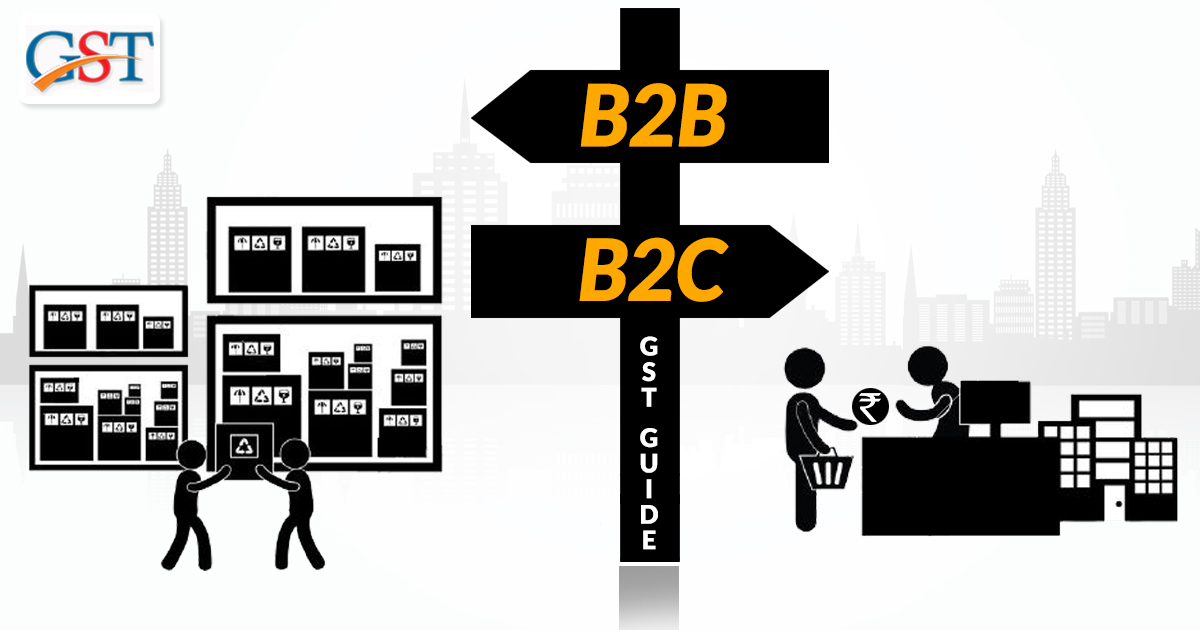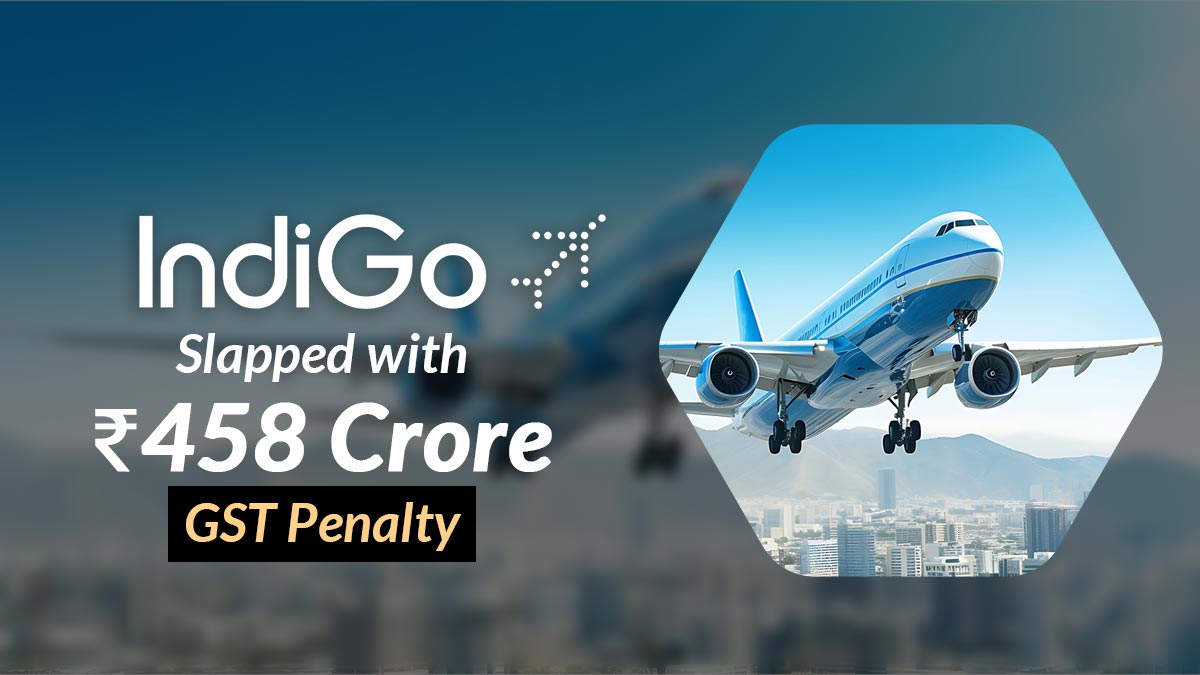
The Central Board of Indirect Taxes and Customs (CBIC) has issued a clarification about the Applicability of the mechanism of Dynamic Quick Response (QR) Code on Business to Consumer invoice.
Latest Update in QR Code Under B2C
- 6th July 2021: “CBIC tweeted that no fine under section 125 of CGST Law, shall be levied for not creating Dynamic QR (Quick Response) Code on Bussiness to Customer Invoice amid 1st Dec 2020, to 30th September 2021”
The Board has issued a Notification bearing number ’14/2020-Central Tax’, on March 21, 2020, which requires a Dynamic QR Code on business to Consumer (B2C) 
“The CBIC said in the circular, Various references have been received from trade and industry seeking clarification on applicability of Dynamic Quick Response (QR) Code on B2C (Registered person to Customer) invoices and compliance of notification 14/2020-Central Tax, dated 21st March 2020 as amended. The issues have been examined and in order to ensure uniformity in the implementation of the provisions of the law across the field formations, the Board, in the exercise of its powers conferred under section 168(1) of the CGST Act, 2017, clarified the issues
The Board has further clarified that any person, who has procured a Unique Identity Number (UIN) according to the provisions of Sub-Section 9 of Section 25 of CGST Act 2017, shall not come within the domain of “registered person” as per the definition of the registered person that is provided in section 2(94) of the CGST Act 2017.
So, any invoice issued to the above-mentioned person possessing a Unique Identity Number shall be considered as an invoice issued for a Business to Consumer supply and shall also be required to obey the requirement of the Dynamic QR Code.
In the cases where the payment has been collected by some person who is authenticated by the supplier on his/ her behalf, the UPI ID of the said person may be provided in the Dynamic Quick Response (QR) Code, in place of the UPI ID of the supplier.
However, The Board said that wherever an invoice has been issued to a recipient located outside India, for supplying services, for which the place of supply is located in India. And this has been done as per the provisions of IGST Act 2017, and moreover, the payment has been received by the supplier in foreign currency, through RBI approved channel, the said invoice might be issued without having a Dynamic QR Code, consequentially such dynamic QR code cannot be used by the recipient who is located outside India for making payment to the supplier.
However, In cases, where the invoice number is unavailable at the time of the digital display of dynamic QR code specifically in the case of over-the-counter sales. In addition, the invoice number and invoices are generated after receipt of payment, the unique order ID/ unique sales reference number, which is uniquely linked to the invoice issued for the said transaction, may be provided in the Dynamic QR Code for digital display, as long as the details of such unique order ID/ sales reference number linkage with the invoice are available on the processing system of the merchant/ supplier and the cross-reference of such payment along with unique order ID/ sales reference number are also provided on the invoice.
The Board has also made a clarification that the purpose of dynamic QR Codes is to make it possible for the recipient/ customer to scan and pay the required amount to be made to the merchant/ supplier in respect of the said supply.









